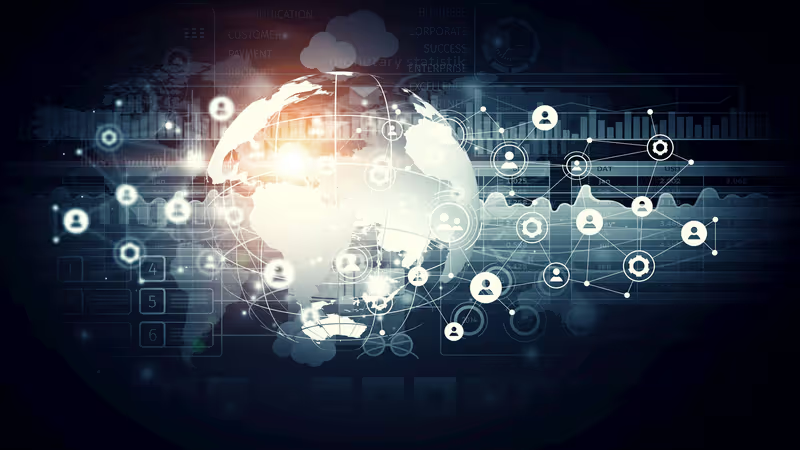Our research is carried out by a team of expert staff members and PhD students. The central focus and ambition is to provide actionable geoinformation to diverse stakeholders. Under actionable geoinformation we understand high-quality geoinformation that is up-to-date and ready-to-use in critical as well as commonplace applications, e.g., crisis response, policy-making and planning for key societal problems, or supporting smallholder farmers in decision-making. Our work matches several UN Sustainable Development Goals .
Our work combines various scientific domains and disciplines, such as Geographic Information Science, Remote Sensing, Computer Science, Artificial Intelligence, and Digital Humanities. As a result, we have links with many in-house research groups and institutions, such as the Digital Society Institute and a global network of partners and alumni.
We cover the entire geo-information processing chain along the three stages of:
(i) data collection and management
(ii) analysis and modelling
(iii) visualization and dissemination, with a particular cross-cutting focus on changes in space and time
(i) Data collection and management:
Data with a geographic or temporal aspect is collected through numerous devices and by many different actors. We develop methods and techniques to collect, store, and manage geodata and improve its quality and reusability where possible and necessary. The data collection includes crowdsourced or volunteered geo information from citizens, remotely sensed data, and low-cost in-situ sensors (internet of things). For storing and managing data, we deploy relational database management systems as well as cloud-based, distributed key-value systems. To enable the use of such diverse data, we have a long history of research on technical (syntactic) and semantic interoperability.
(II) Analysis and modelling:
Our toolbox includes all state-of-the-art methods to analyze (geo) data, big and small, including machine learning (e.g., deep learning techniques), multi-dimensional clustering (e.g., of earth observation imagery time series), semantic technologies for describing information data (e.g., through ontologies), and natural language processing for unstructured geoinformation (e.g., social media). Further, we employ agent-based modelling to analyze and predict individual-and aggregate level behavior in space and time. A particular focus of current work is to make AI methods ‘aware’ of the properties of geospatial data (e.g, scale-dependency, modifiable areal unit problem, non-stationarity of spatio-temporal processes), and increase their interpretability and explainability.
(III) Visualization and dissemination:
We have expert knowledge in cartography and information visualization. To disseminate actionable geo-information using our maps and visualizations, we develop interactive web-based solutions. To advance the state-of-the-art, we run a geovisualization lab that allows user-centered design studies through eye-tracking and virtual/augmented environment.
In addition, we are committed to opening up science and contribute to citizen science and open and reproducible geoscience research.



